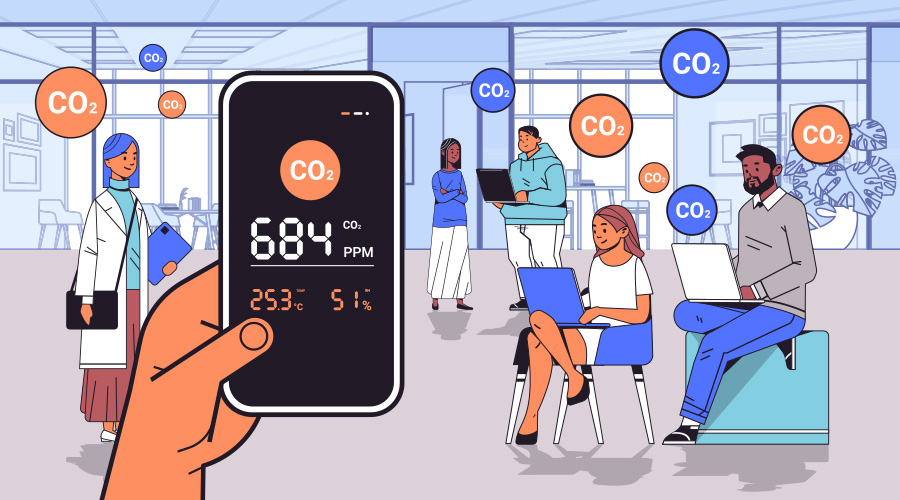HVAC's Impact on IAQ and Energy Efficiency
When it comes to IAQ, a battle exists between HVAC systems that improve efficiency and those that produce a comfortable indoor environment.
All filters cause some pressure loss as air flows across the filter media. The longer a filter has been in use, the greater the pressure loss because build-up on the filter media reduces airflow pathways. The increase in pressure loss can increase energy demand because it causes the fans that move air through the system to work harder.
Air-filter improvements over the last several years have led to more efficient and less costly filters. The most important design improvements involve placing more folds in the filter media and creating valleys in the media, which increase the filter's surface area and allow air to flow through more effectively.
Another way to increase the surface area while still filtering the air moving through the ductwork is to rotate the filter so it is not perpendicular to the airstream. Rotating the filter might require minor changes to the filter bay because the rotation changes the shape of the filter.
One new method is a filter-in-depth, in which a filter with several layers of media screens large particles initially and, as air passes deeper into the filter, removes smaller particles. This method tries to create larger pores in the filter media to improve airflow and decrease pressure drop.
A filter manufacturers have improved recently is an electrostatic air filter. These filters generate an electric field across the airflow medium. This electric field places a charge on most particulates as they pass through. The charged particle is drawn to a plate in the filter and is electrostatically stuck to the plate.
Issues exist with this type of filter. The primary concern is the production of ozone as air passes through the filter, due to ionization from the electrostatic charge. Ozone can cause respiratory-system irritation and react with cleaning products to produce formaldehyde, which is harmful to humans.
Managers also need to consider the maintenance requirements of electrostatic filters. To ensure proper functionality, technicians must regularly clean the plate the containments attach to in order to prevent excessive build-up.
The most significant progress has been in the development of new technologies that allow managers to specify less-efficient filters that still neutralize and capture airborne particulates. As technology improves, managers might be able to achieve the best of both worlds — reduced pressure loss with healthy IAQ — by using devices that remove or neutralize airborne particulates.
Philip Winterland is a staff engineer with Facility Engineering Associates.
Related Topics:












